The Keeshond is highly regarded among dog owners for its friendly, inviting nature. Due to their history as guards and companions on Dutch barges traveling the Netherlands, Keeshonden earned the nickname of Dutch Barge Dogs. Now, they make great additions to families while still retaining their reputation as "guard dogs."
Keeshond Characteristics
The Keeshond is a medium-sized dog with a thick two-layer coat of silver and black fur and a curled tail. This breed's unique eye markings make it look as if it is wearing designer eyewear. Keeshonds are generally considered a non-sporting breed that requires little exercise, making them adaptable to almost anyone's lifestyle.
- Head: The Keeshond is covered in plush black and gray fur and has two short pointed ears. The dog's facial expression is inviting and friendly, almost as if it is smiling.
- Body: Keeshonds have short limbs that look even shorter due to their double coat. Typically the males will have a thicker, more pronounced coat than the females. The tail is curled, and in profile it should be indistinguishable from the compact body of the dog.
- Limbs: The forelegs of the Keeshond appear straight when seen from any angle. The angulation in the rear is typically between slight to moderate to complement the forequarters (forelegs).

Keeshond Breed Size
Keeshond puppies can grow anywhere from 16 to 19 inches tall at the shoulders. They are not very heavyset dogs and can weigh anywhere from 35 to 45 pounds depending on exercise and diet. They are medium-sized dogs that like to be around people and make excellent children's pets. This breed is not overly energetic and is content with playing in the backyard and joining you on the couch while watching TV or reading a book.
Keeshond Personality
The Keeshond is a highly regarded attentive breed that makes excellent service dogs. They are quick learners and easy to please. A Keeshond puppy can be mischievous and curious. They slowly develop their sense of self through what they learn from their owners and their experiences. Keeshonden are very bright and obedient.
Stanley Coren's The Intelligence of Dogs ranks the Keeshond 18th in excellent working/obedience intelligence. This ranking includes 79 different dog breeds! Dog owners will find that the breed is incredibly easy to train and responds well to instruction.
Companionship
Sometimes referred to as a "velcro dog," the Keeshond is affectionate and friendly and needs to be included in family activities. For this reason, they need to be socialized early on to avoid becoming reserved or timid. Like many other breeds, consistency is key in the development of the Keeshond.
Related: How to Socialize a Dog No Matter the Age, Breed, or Aggression Level
Alert
Though the Keeshond is friendly, they are alert and considered watchdogs without being aggressive towards visitors. They are known for their distinctive bark but heed caution! They can easily become nuisance barkers if not trained or acknowledged.

Keeshond Breed Exercise
Keeshonden need to be taken on daily walks and also enjoy a good run in an open area. This breed is very active indoors and doesn't require excessive amounts of exercise. When a Keeshond is found spinning in circles, it probably means it needs more stimulating exercise. A good way to gauge a Keeshond's exercise is to make sure that he takes a daily walk and is active in the home with family or children. Here is a list of activities you can have your Keeshond perform:
- Runs/Walks
- Hikes
- Water play
Though training is a vital point in any dog's development, Keeshonden are stimulated through attention from their owners. This makes them attentive when learning new things and allows them to easily pick up instruction.

Keeshond Training
A Keeshond puppy will be affectionate and inseparable from its owner. This gives pet owners a great opportunity to train their dogs and build good habits early on. Because of their intelligence, Keeshonden learn quickly as long as there is consistency in its training. Keeshonden can also be very independent and perfectly capable of learning things on their own. However, this can sometimes result in destructive behaviors. Below are a couple of tips to help you succeed:
- Timing: Correct timing is extremely important with positive reinforcement. The reward must happen immediately (within seconds) of the desired behavior.
- Keep It Short: Dogs don't understand sentences. They first learn based on our body language. Once the dog learns the behavior, you can add words like "sit" or "down" in a soft voice. Try not to repeat the word.
- Consistency: Everyone in the household must use the same cues. Consistency also means rewarding the same behavior and never rewarding undesired behavior.
Keeshond Breed History
Named after the 18th-Century Dutch Patriot, Cornelis (Kees) de Gyselaer, the Keeshond became the rebels' symbol after the rebellion against the House of Orange. It is known as a guard and companion on Dutch vessels, earned the name "Dutch barge dog." Keeshonden are descendants from the same ancestors as the Samoyed, Norwegian Elkhound, Spitz, and Pomeranian.
Due to historical events in the Netherlands in the late 1700s, the Keeshond was widely known in Europe. The first official Dutch Barge Dog was recognized in 1923, and later in 1925, a specialist club was formed. The American Kennel Club called the plural of Keeshond, "Keeshonds," but the real plural is Keeshonden. Due to its friendly nature, Keeshonden are sometimes referred to as "The Smiling Dutchman."

Common Health Problems Found in the Keeshond Dog
The Keeshond is a relatively healthy breed, living anywhere from 12 to 15 years. Though health issues are not common among this breed, some health conditions can be passed on through genetics or irresponsible breeding. These are some of the things to look out for:
- Hip and Elbow Dysplasia: Hip dysplasia is an abnormal formation of the hip socket, which can cause limp joints in severe cases. Hip dysplasia symptoms look the same in all breeds but can be more common in some more than others.
- Diabetes: Although diabetes is uncommon in Keeshonden, beware of overfeeding. The Keeshond requires portioned meals, as it naturally is a sturdy dog. It is very uncommon for Keeshonden to be born diabetic.
- Hypothyroidism: Hypothyroidism is caused when the metabolic rate slows down. Signs of hypothyroidism may include: weight gain without an increase in appetite, lethargy, cold intolerance, and failure to regrow hair.
- Hyperthyroidism: Hyperthyroidism causes the opposite effect as hypothyroidism and speeds up the metabolic rate. Signs of Hyperthyroidism include: increased thirst, increased urinating, and hyperactivity.
How to Care for a Keeshond
Well rounded care for your Keeshond is important for its development as a puppy but also helps in preserving a long and healthy life. To cope with the heat, it is a good idea to have a constant water supply for your Keeshond. When allowed inside, it will look for a cool place to lie (probably the kitchen floor or any linoleum). To cool off outdoors, the dog may dig a shallow hole by turning over a layer of soil to get the cooler earth just beneath the surface.

Nutrition and Feeding for a Keeshond
The Keeshond does well on high-quality food, whether it be homemade or manufactured. Being a Northern breed, they also do well on fish-based low-carb diets. Keeshonden will be able to reap the benefits of a well balanced diet such as food high in protein with no added fillers. Chicken and fish are great for Keeshonden. They respond best to a high protein, low carb diet, so anything grain free is great for them!
Although treats are a great way to incentivize training and commands, it can cause rapid weight gain if given too freely. Keeshond puppies 6 months to a year old can typically be okay with two bowls of food within a 24 hour period. Some adult Keeshonds might only require one bowl within a 24 hour period, while others might do best with two light bowls. These are some examples of human food Keeshonden can eat:
- Cooked eggs
- Cottage cheese
- Certain fruits
Though there is human food that is nontoxic for your dog, it is always best to consult with your veterinarian about what supplementary diet works best for your pet. Generally speaking, these are a few foods that your Keeshond should avoid:
- Avocado
- Cherries
- Grapes
- Tomatoes
- Onions
Coat Color and Grooming
Keeshonden should be a mix of black, gray and white. The undercoat is a pale grey or cream. The outer coat is black tipped, which is what gives the illusion of color. The Keeshond's coat is meant to protect against heat and cold, which makes up about 50% of its care. Shoulder line-markings are grey and should be well defined. The fur on the ruff and "trousers" is lighter in color than that of the body.
The Kesshond coat should be brushed often to avoid tangling and matting. This all promotes good coat health which in turn will keep your Keeshond happy and well kept. Keeshonden shed about one to two times a year. Keeshonden "blow" their undercoats once a year for males and twice a year for females. This can be described as dog shedding. It is important to note that a Keeshod should never be shaved. Their undercoat provides a natural barrier against heat and cold.

Dental
It is generally important to care about your dog's teeth and gums. Keeshonden have fairly good teeth, and it is recommended that their teeth are brushed about twice a week! This holds true for all breeds, as dental care helps with odor and a decrease in gum disease, which can cause oral cavities.
Bathing
Due to its coat, Keeshonden require regular grooming including brushing and baths. The Keeshond can be bathed weekly and up to no longer than six weeks. Lack of bathing and brushing can result in matting and tangling of their coat.
Related: How to Bathe a Dog: A Step-By-Step Guide for Responsible Owners
Children & Other Pets
Training and socialization are important for your puppy, especially when around children. Children oftentimes don't know how to handle pets and dogs that have not been trained to be around them can be panicked and anxious. This can cause negative behaviors such as biting, barking, and general aggression.
Keeshonden also do well with other pets if they are introduced to them at a young age. Contrary to the belief that "you can't teach an old dog new tricks," the Keeshond is quick to learn and catch on at any age. Although, it is most convenient to train and socialize your puppy early on to instill good behavior. Other ways to socialize your Keeshond include setting up play dates and dog sports with other dogs!

Keeshond Dog Rescue Groups
It is in an unfortunate circumstance when dog owners can no longer keep their pets. There are many rescue organizations that take on the responsibility of rescuing and rehoming dogs. Shelters house and rescue dogs of all kinds, but there are rescues that specialize in particular breeds. Here are a few resources to help you find your furry companion:
- Kees Rescue: This organization is dedicated to bringing awareness of puppy mills and breeding, specifically in Keeshonden. Advocating for the freeing of hundreds of Keeshond, the organization is located in New Jersey.
- Bay Area Rescue Keeshonden, Inc.: This organization prides itself in rescuing Keeshonden and rehoming them. They care for each dog in a comfortable foster home and make sure that each Keeshond is vaccinated, chipped, and screened by a veterinarian for heart worms. Their adoption process ensures that each dog is going to an adequate home, where it will be loved and taken care of.
Keeshond Breed Organizations
The official dog breed organization for the Keeshound dog is Keeshond Club of America. This organization provides you with resources on how to get your own Keeshond and ranks these choices from most ethical to non ethical. Some Keeshond organizations like the Nederlandse Keeshond Club are where Keeshond enthusiasts can exercise their love for the breed. Some of these owners/enthusiasts may train their dogs and show their dogs in obedience and rally trials.

More About the Keeshond
The Keeshond is a loyal, lifelong companion. As long as it feels included in your everyday life and like part of the family, it will be open to training and obedience. Keeshonden are inviting and friendly in nature, making great family dogs. Due to their Nordic roots, Keeshonden do best in cold weather than in the heat. They are rated ten out of ten in being affectionate, which is enticing for families with small children. Keyshawn dogs are widely cherished as a great companion and their ability to complete tasks and learn quickly.
Final Thoughts
The Keshond dog is a loving, intelligent, and adaptable breed that makes an excellent family companion. With its friendly nature, striking appearance, and eagerness to please, this "Smiling Dutchman" thrives on companionship and attention. Whether as a devoted pet, a watchdog, or a playful friend to children, the Keeshond remains a delightful and loyal addition to any home. If you'd like to learn more about other breeds, check out other articles from HolistaPet.



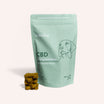


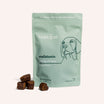
![Probiotics For Dogs [Soft Chews] - HolistaPet](http://www.holistapet.com/cdn/shop/files/Probiotic-Infographic-1_472d7a29-e30c-435a-9638-1365d8c3a9f9.jpg?v=1725384841&width=104)
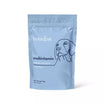


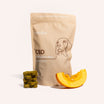
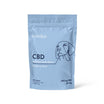
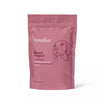
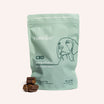
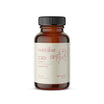
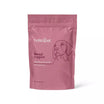
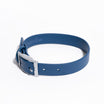
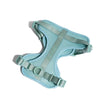
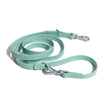

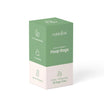

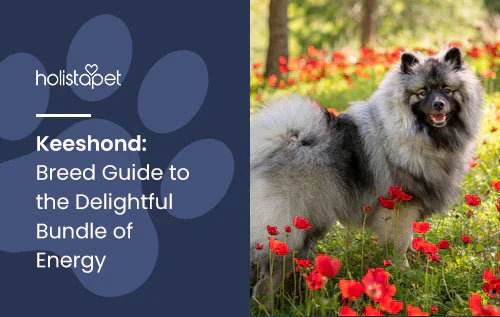


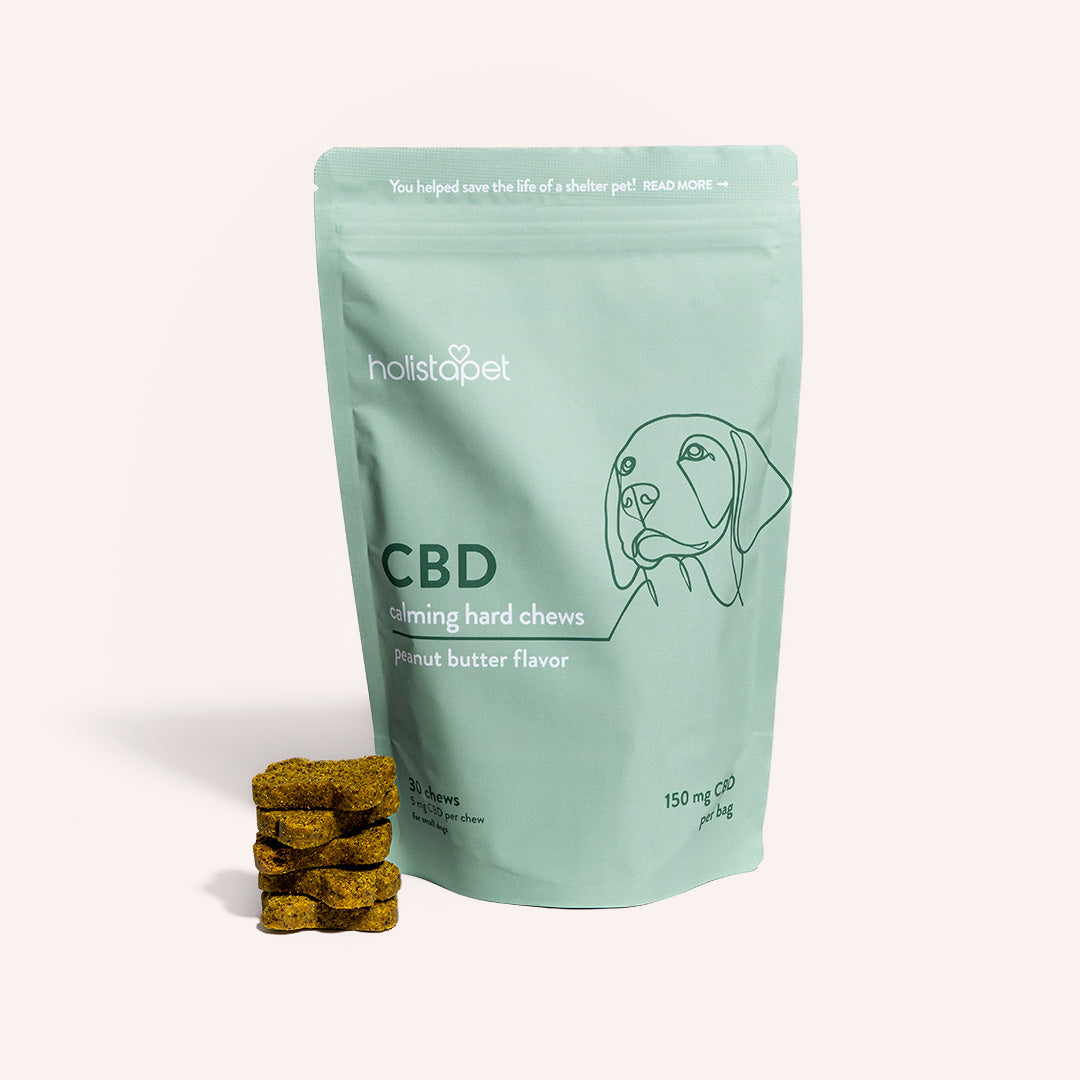
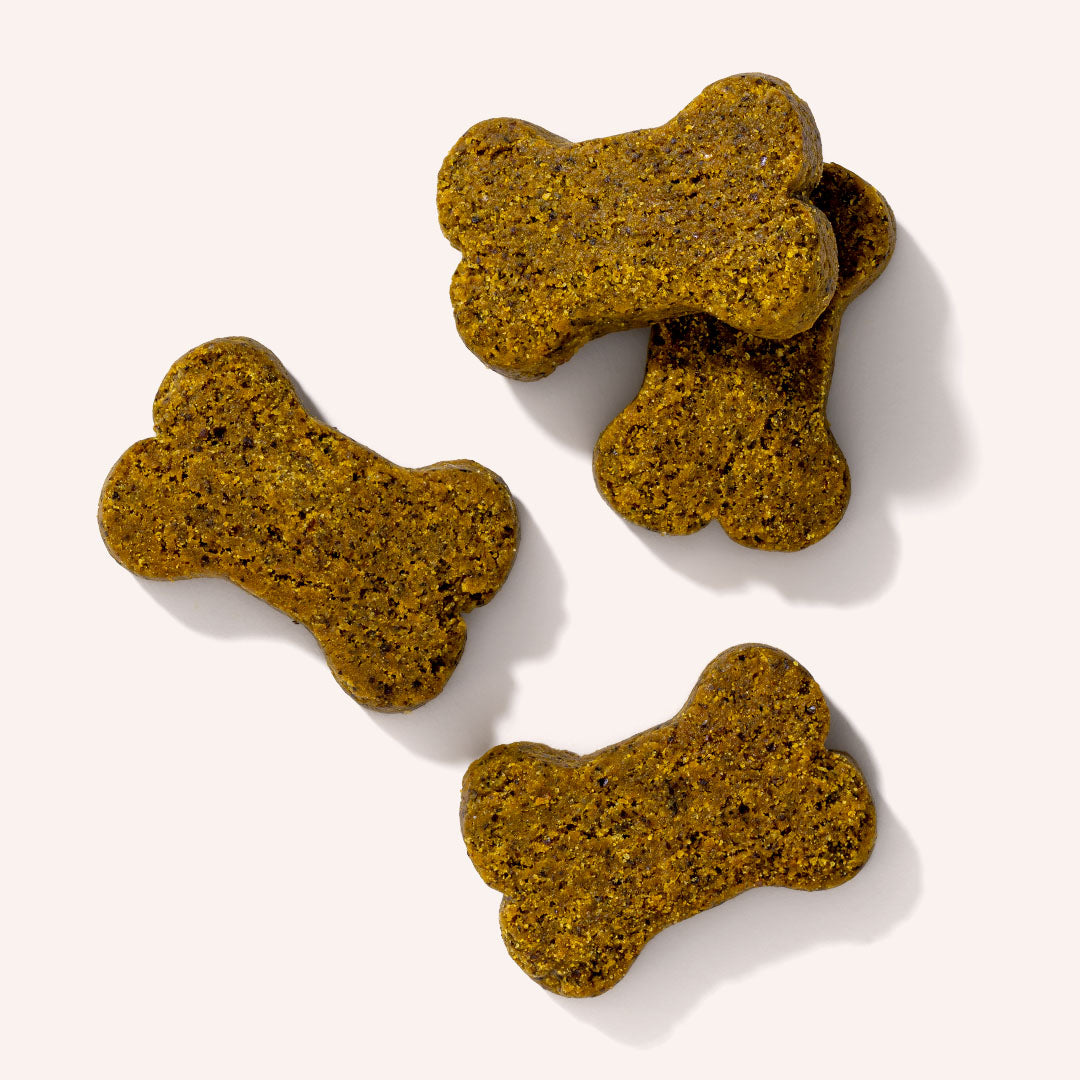

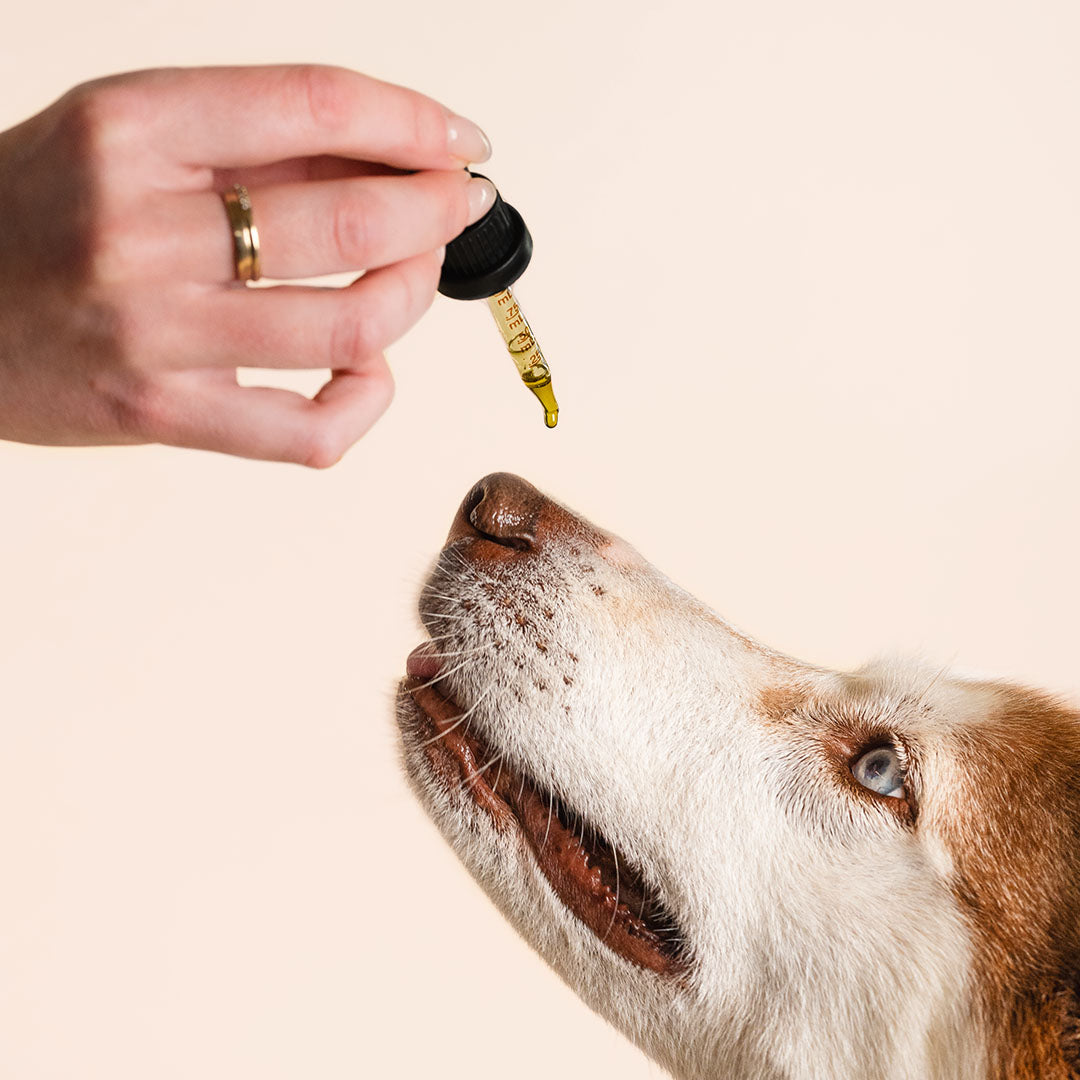


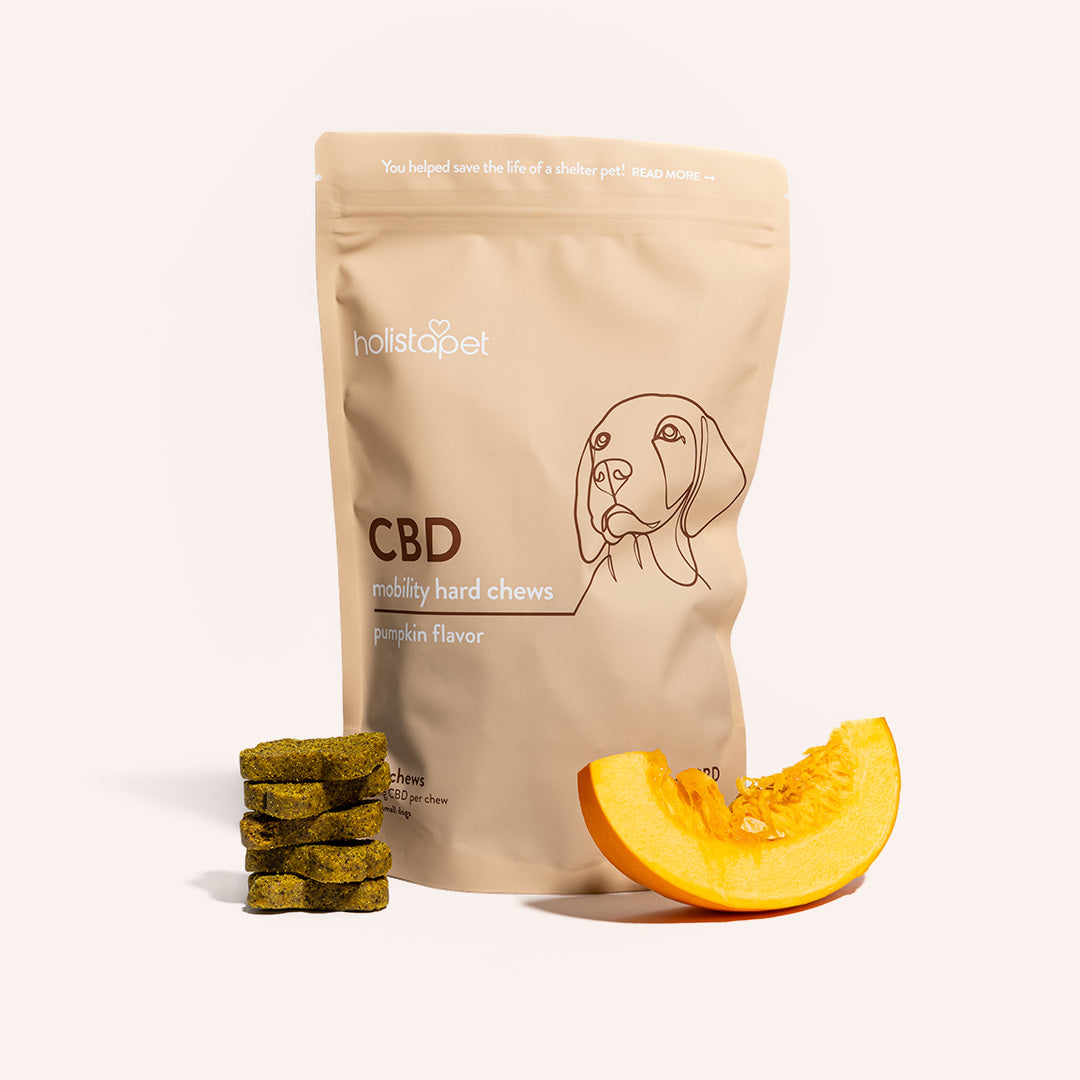
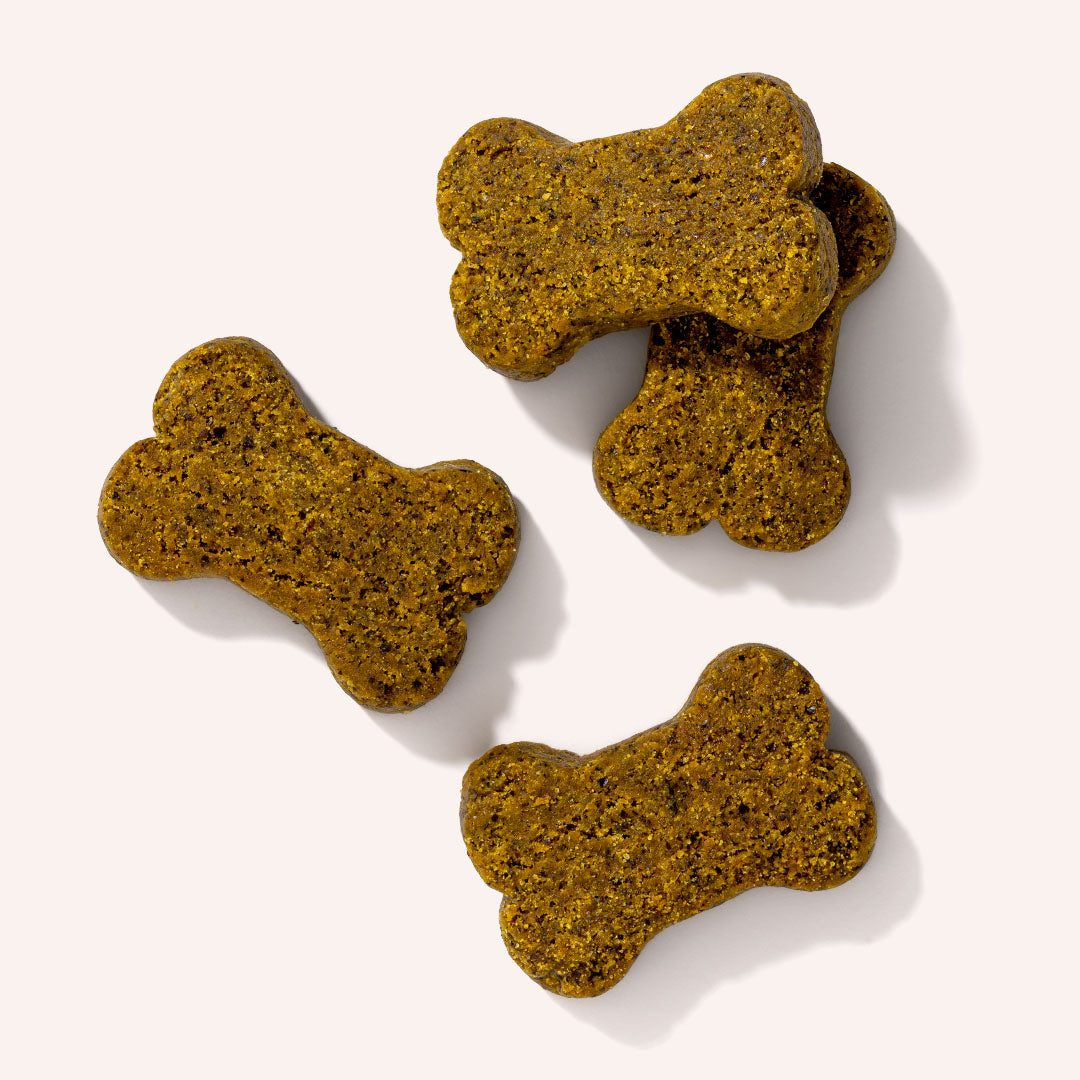

Leave a comment
All comments are moderated before being published.
This site is protected by hCaptcha and the hCaptcha Privacy Policy and Terms of Service apply.